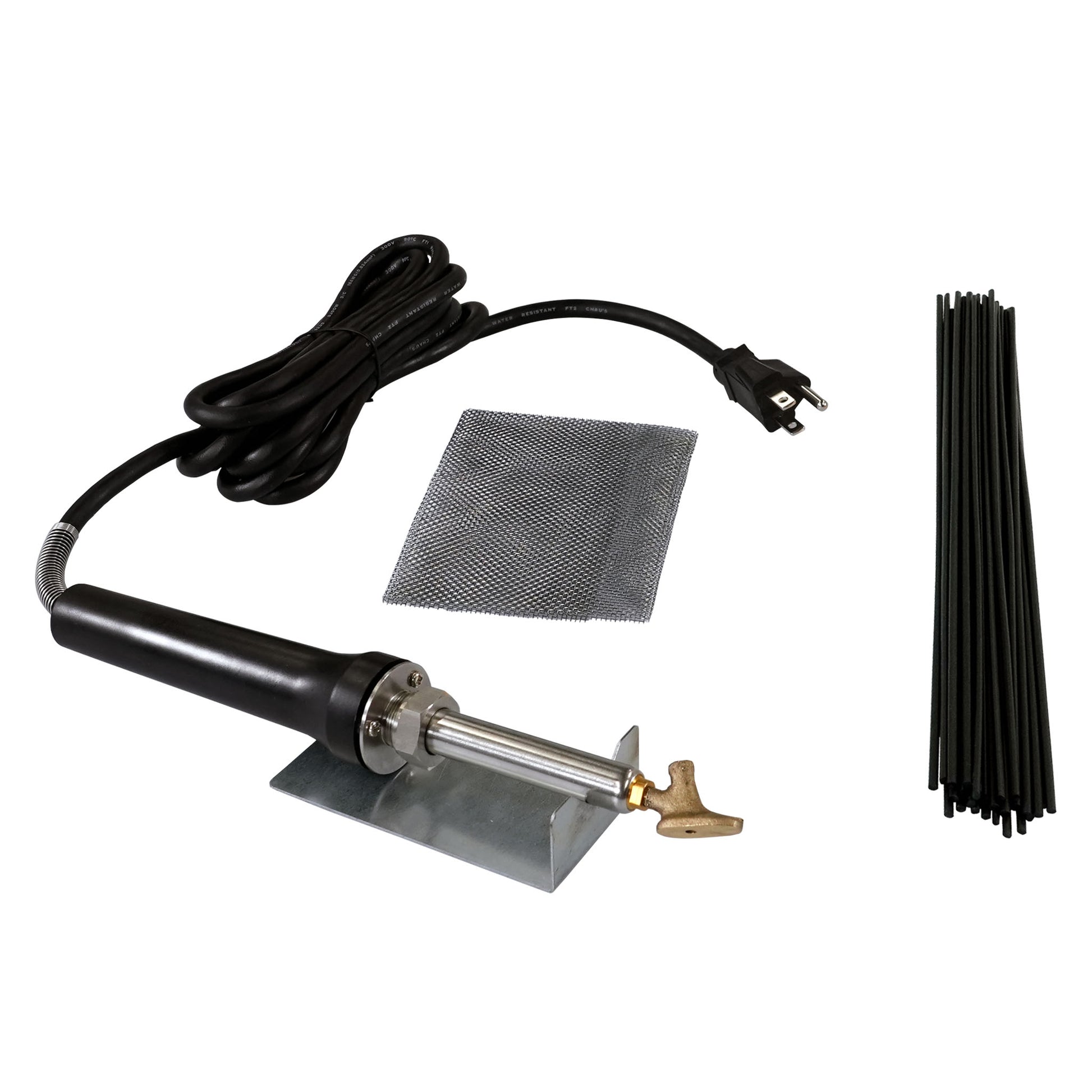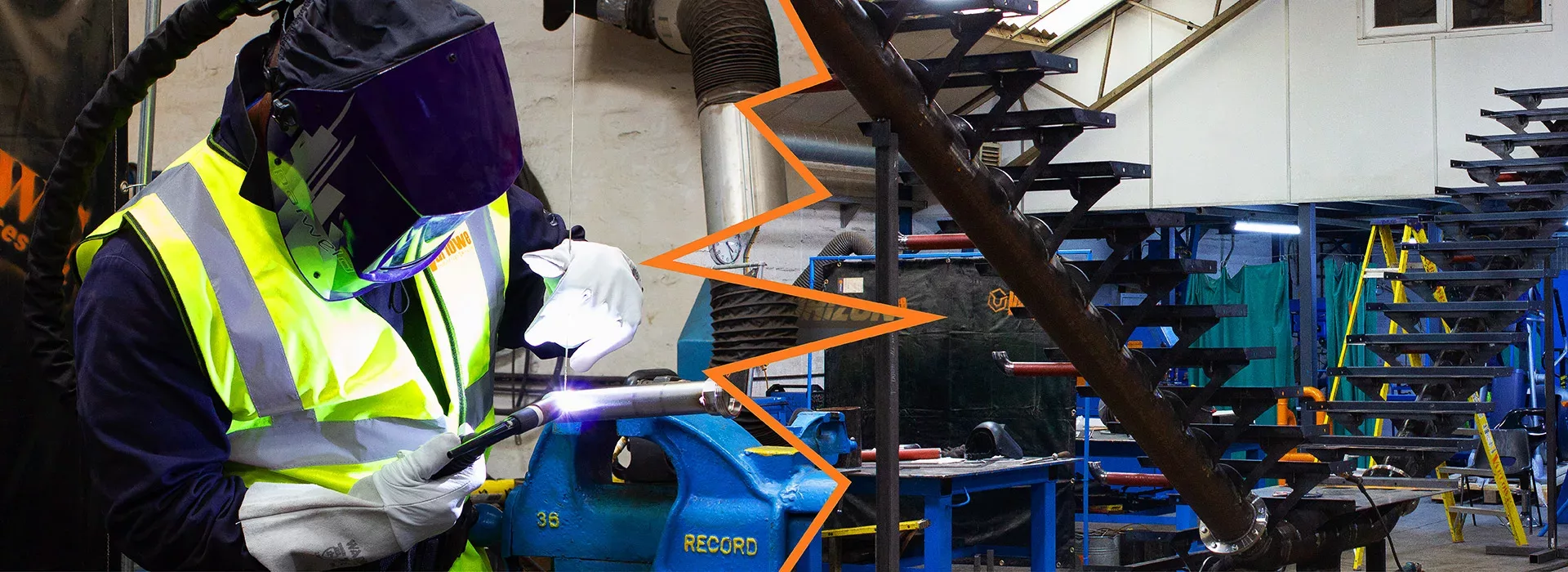Usual Welding Repair Issues and Exactly How to Address Them Properly
Welding repair work typically experience an array of concerns that can jeopardize the stability of the final product. Typical issues consist of insufficient penetration, porosity, and misalignment, to name a few. Each problem offers one-of-a-kind obstacles that require certain methods for resolution. Understanding these problems is vital for welders intending to boost their end results and skills. This conversation will certainly discover these usual welding repair work concerns and efficient approaches to address them.
Poor Infiltration
Inadequate infiltration happens when the weld steel falls short to totally fuse with the base material, resulting in weak joints and prospective structural failures. This concern frequently comes from insufficient heat input, inaccurate electrode angle, or incorrect welding rate. Welders might run into poor infiltration as a result of a mistake of the needed parameters for a details product density or type. In addition, contamination on the base product's surface can prevent reliable bonding, exacerbating the problem. To attend to poor penetration, welders should guarantee ideal settings on their equipment and keep a tidy work surface area. Regular assessment of welds is advised to identify any kind of deficiencies early, permitting prompt improvements and the avoidance of endangered architectural stability in bonded settings up.
Porosity
Porosity is a common issue in welded joints that shows up as tiny gas bubbles caught within the weld metal. This issue can jeopardize the stability of the weld, leading to minimized toughness and possible failure under stress. Montana Mobile Welding and Repair. Porosity generally develops from contamination, wetness, or improper welding techniques, which allow gases to escape right into the liquified weld swimming pool. To attend to porosity, welders should assure correct surface area prep work, preserve a clean working atmosphere, and utilize appropriate welding criteria. In addition, choosing the right filler material and shielding gas can alleviate gas entrapment. Regular evaluation and testing of welds can aid determine porosity early, assuring prompt corrective actions are taken, thus maintaining the high quality and reliability of the welded framework
Imbalance
Imbalance in welding can emerge from various aspects, including inappropriate configuration and thermal growth. Understanding the origin is necessary for efficient resolution. Several modification strategies are readily available to straighten elements and ensure structural integrity.
Sources of Imbalance
Welding imbalance frequently originates from a selection of underlying problems that can endanger structural honesty. One primary reason is incorrect fit-up of parts prior to welding, which can result in gaps and irregular surfaces. Variants in thermal growth throughout the welding process can additionally result in distortion, specifically if the materials being joined have various coefficients of growth. Furthermore, poor fixturing and securing might stop working to hold components firmly in position, leading to movement throughout welding. Poorly conserved devices, including welding makers and tools, might introduce disparities in the weld grain, additional adding to imbalance. Finally, driver mistake, originating from not enough training or experience, can additionally play a considerable duty in developing misaligned welds.
Improvement Strategies Readily Available
Resolving imbalance efficiently needs a mix of rehabilitative strategies tailored to the particular issues at hand. One usual approach is using fixtures or jigs to hold components in the appropriate position throughout welding, making certain consistent placement. Furthermore, pre-heating the materials can help in reducing distortion and boost fit-up. For considerable imbalance, mechanical adjustment strategies, such as using hydraulic jacks or clamps, can be utilized to remedy the placement prior to welding. Post-weld warm treatment may likewise be needed to alleviate anxieties triggered by misalignment. Cautious assessment and change throughout the configuration phase can prevent imbalance problems from ending up being significant problems, advertising a smoother welding process and improving total architectural integrity.
Distortion
Distortion is an usual challenge in welding that can occur from different aspects, consisting of uneven heating and cooling. Recognizing the root causes of distortion is essential for implementing effective prevention techniques. Addressing this problem not only enhances architectural honesty however also improves the overall quality of the weld.
Reasons for Distortion
When subjected to the extreme heat of welding, materials usually undergo adjustments that can lead to distortion. This sensation mostly occurs from thermal expansion and tightening throughout the welding process. As the weld area warms up, the material increases; upon air conditioning, it gets, which can develop internal tensions. Additionally, unequal heating across a work surface can exacerbate these stresses, leading to bending or flexing. The sort of material additionally plays a substantial role; metals with varying thermal conductivity and coefficients of growth may react in different ways, causing unpredictable distortions. Inadequate joint design and insufficient fixturing can contribute to imbalance during welding, enhancing the likelihood of distortion. Recognizing these reasons is crucial for reliable welding repair and avoidance techniques.
Prevention Techniques
Reliable avoidance strategies for distortion throughout welding concentrate on controlling warm input and ensuring proper joint design. Preserving a consistent warmth input helps to minimize thermal development and tightening, which can bring about distortion. Using techniques such as preheating the workpiece can also decrease the temperature level slope, advertising consistent heating. Additionally, selecting proper joint styles, such as T-joints or lap joints, can boost security and decrease find here stress concentrations. Executing correct fixturing to secure the work surfaces in location better help in maintaining positioning during the welding process. Lastly, staggered welding series can distribute warmth a lot more uniformly, preventing localized distortion. By using these techniques, welders can significantly decrease the probability of distortion and improve the overall top quality of their welds.
Fracturing
Breaking is a common concern encountered in welding repairs, commonly resulting from different aspects such as inappropriate cooling rates, product choice, or inadequate joint preparation. The incident of cracks can considerably endanger the stability of the weld, causing possible failures during procedure. To resolve this problem, welders must initially examine the source, making certain that products work and suitably selected for the certain application. Additionally, controlling the air conditioning rate throughout the welding process is important; rapid air conditioning can generate stress and lead to breaking. Correct joint layout and preparation additionally contribute to reducing the threat. Carrying out these techniques can enhance weld high quality and longevity, inevitably lowering the chance of cracking in completed weldments.

Insufficient Fusion
A substantial concern in welding repairs is insufficient blend, which happens when the weld metal does not sufficiently bond with the base material or previous weld passes - Fabrication. This defect can result in weaknesses in the joint, potentially jeopardizing the integrity of the bonded structure. Aspects adding more to incomplete blend consist of insufficient warmth input, incorrect welding technique, and contamination of the surface areas being signed up with. To address this concern successfully, welders should ensure correct pre-weld cleaning and surface preparation, in addition to change their welding specifications to attain ample penetration and blend. Regular inspection throughout the welding process can also aid recognize insufficient fusion early, enabling for timely corrective measures to enhance the general high quality of the weld
Overheating
While welding repairs can enhance architectural stability, overheating offers a considerable difficulty that can result in product destruction. Too much warmth during welding can alter the mechanical residential properties of steels, leading to minimized strength, enhanced brittleness, and bending. This sensation is specifically essential in high-stress applications where structural integrity is critical. Determining getting too hot can entail aesthetic evaluations for staining or distortion, as well as keeping track of temperature throughout the welding process. To mitigate the threats related to overheating, welders need to utilize suitable methods, such as controlling heat input, adjusting travel speed, and utilizing suitable filler products. In addition, implementing pre- and post-weld warm therapies can help bring back product residential properties and improve the total high quality of the repair service, making certain lasting efficiency and security.
Often Asked Concerns
What Are the Common Signs of a Welding Issue?

Exactly How Can I Examine My Welds for High quality?
To evaluate welds for quality, one can utilize visual evaluations, ultrasonic screening, and radiographic techniques. Each technique ensures architectural integrity, recognizes issues, and confirms adherence to defined requirements, inevitably improving the integrity of the welded joints.
What Safety Preventative Measures Should I Take While Welding?
When welding, one ought to prioritize safety by putting on appropriate personal safety devices, ensuring correct ventilation, securing flammable products away, preserving a clean office, and understanding surroundings to stop injuries and mishaps.
Can I Fix a Weld Without Remodeling the Entire Joint?
Fixing a weld without remodeling the entire joint is feasible, depending upon the damages (Montana Mobile Welding and Repair Belgrade Welding). Methods such as grinding, including filler material, or making use of a welding process can properly attend to particular imperfections while maintaining the bordering framework
What Devices Are Essential for Efficient Welding Fixes?
Essential tools for effective welding repair services consist of a welding device, cord brush, grinder, safety gear, clamps, and filler products. Each device plays an important role in ensuring high quality and safety and security during the repair process. Porosity normally arises from contamination, dampness, or improper welding techniques, which allow gases to leave into the molten weld swimming pool. Inadequately conserved devices, including welding makers and tools, might introduce incongruities in the weld bead, further wikipedia reference adding to imbalance. When subjected to the intense warmth of welding, materials often undergo adjustments that can lead to distortion. Cracking is a common issue encountered in welding fixings, frequently resulting from numerous factors such as improper cooling prices, product option, or insufficient joint preparation. A substantial concern in welding repairs is insufficient combination, which takes place when the weld steel does not appropriately bond with the base product or previous weld passes.
Comments on “Top welding issues solved efficiently by Montana Mobile Welding and Repair Belgrade Fabrication”